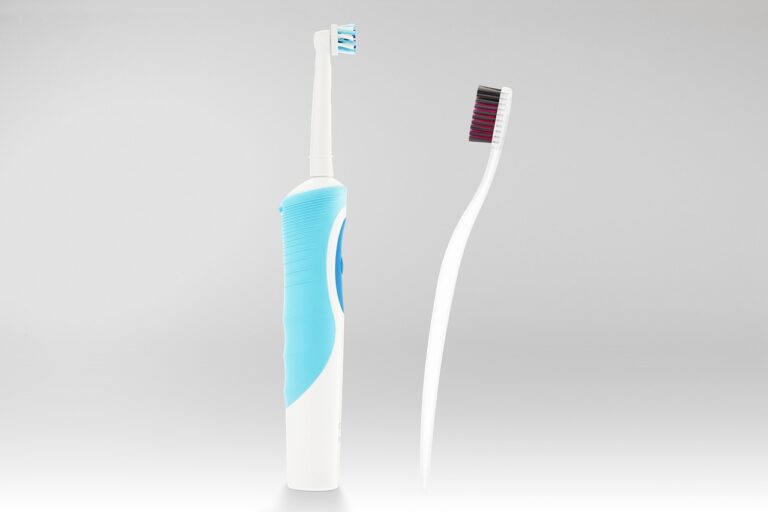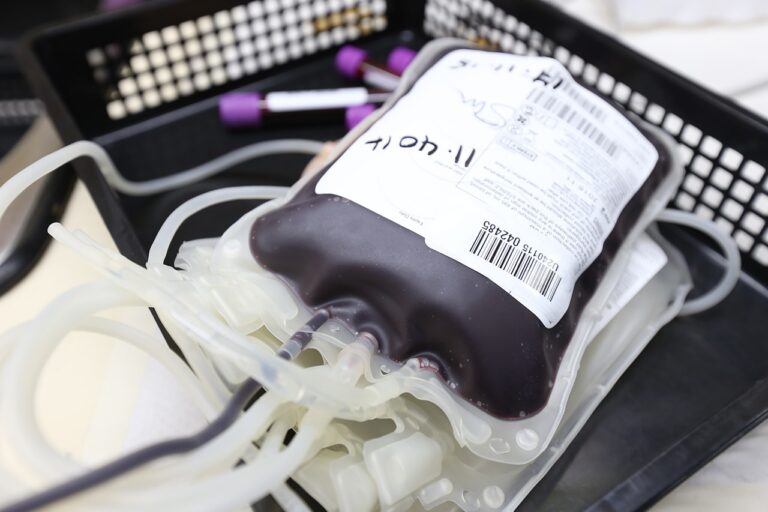The Impact of Technology on Patient-Provider Relationships
Remote communication has become an integral part of modern-day interactions, especially in light of the global shift towards virtual platforms. One of the major challenges posed by remote communication is the lack of non-verbal cues, making it difficult to interpret emotions accurately. Without the ability to see facial expressions or body language, misunderstandings can easily arise, leading to potential breakdowns in communication.
Moreover, the absence of face-to-face contact in remote communication can also hinder relationship-building and trust among individuals. Establishing rapport and fostering connections can be more challenging when interactions are solely conducted through virtual means. This obstacle can be particularly pronounced in professional settings where personal relationships are crucial for effective collaboration and teamwork.
Increased Access to Healthcare Information
Access to healthcare information has significantly increased in recent years due to advancements in technology. With the widespread use of the internet, individuals now have the ability to easily research symptoms, treatment options, and preventative measures from the comfort of their own homes. This easy access to information empowers patients to take a more active role in their healthcare decisions and fosters a sense of autonomy over their well-being.
Moreover, the proliferation of health-related websites, online forums, and mobile health applications has enabled individuals to stay informed about the latest medical breakthroughs and wellness trends. This influx of information has not only expanded people’s knowledge about various health conditions but has also encouraged them to engage in proactive health behaviors. By arming themselves with valuable insights and resources, individuals are better equipped to advocate for their own health needs and make informed choices regarding their well-being.
What are some of the challenges of remote communication in healthcare?
Some challenges of remote communication in healthcare include issues with connectivity, privacy concerns, and difficulty in accurately conveying emotions and non-verbal cues.
How has access to healthcare information increased in recent years?
Access to healthcare information has increased in recent years due to advancements in technology, the widespread use of the internet, and the availability of online resources such as telemedicine platforms and patient portals.
What are some benefits of increased access to healthcare information?
Some benefits of increased access to healthcare information include improved patient education, better communication between patients and healthcare providers, and increased convenience for accessing medical services.
How can patients ensure the accuracy and reliability of healthcare information they find online?
Patients can ensure the accuracy and reliability of healthcare information they find online by checking the source of the information, consulting multiple reputable sources, and discussing any concerns with their healthcare provider.
How can healthcare providers effectively communicate with patients remotely?
Healthcare providers can effectively communicate with patients remotely by using secure communication platforms, providing clear and concise information, and actively listening to patients’ concerns and questions.





